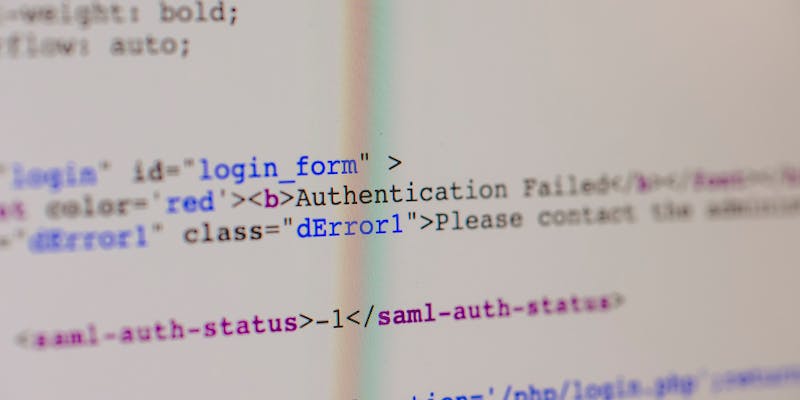VMware, a leading provider in cloud infrastructure and digital workspace technology, has urgently directed users to uninstall its Enhanced Authentication Plugin (EAP) due to a severe security vulnerability. This plugin, which has now been sidelined, is susceptible to a critical flaw that presents substantial threats to network security and the integrity of sensitive data. With a high severity score, this vulnerability could allow attackers to gain unauthorized access to important resources within a domain. This urgent notice underscores the relentless challenges in cybersecurity, highlighting the need for constant vigilance in safeguarding digital resources against unauthorized exploits. Businesses and IT professionals are reminded once again of the importance of staying ahead in the cybersecurity arms race to protect against ever-evolving threats to digital infrastructure.
Unearthed Vulnerability: A Gateway for Exploitation
Detected by security experts, the vulnerabilities within the Enhanced Authentication Plugin represent a dire threat to systems still running the component. A specific critical flaw, gauged at a high severity level with a Common Vulnerability Scoring System (CVSS) rating of 9.6, poses an arbitrary authentication relay issue. This vulnerability could allow an attacker to coax a domain user into inadvertently relaying service tickets, consequently compromising the Active Directory, a cornerstone of network security and management for numerous organizations. The deprecated plugin, which ceased being part of VMware’s main products as of March 2021, is at the center of urgency due to its susceptibility to such high-stakes exploitation.
The ramifications of this vulnerability are substantial, as the Active Directory forms the backbone of identity management in many corporate networks. An attacker exploiting this flaw could gain privileges, escalating their access to sensitive information, potentially leading to data breaches and disruptions in service continuity. VMware, recognizing the gravity of the situation, has unequivocally recommended the uninstallation of the EAP using standard software removal procedures. The company’s swift response is a testament to the risk this vulnerability poses and the need for immediate action by users to safeguard their systems.
Necessity of Rapid Response and Future Vigilance
VMware’s security vulnerabilities uncovered by Ceri Coburn of Pen Test Partners have stirred debate due to a notable delay in alerting clients. This underlines the critical need for prompt notification of security risks. VMware urges users to immediately uninstall the EAP to block potential exploits, a stark reminder of the IT sector’s need for constant alertness and swift action against cyber threats.
The discovery of an additional threat, CVE-2022-22950, with a high severity score of 7.8, has further raised alarm. This flaw could allow local Windows users without privileges to exploit EAP sessions. This threat underscores the necessity for quick fixes and up-to-date system maintenance.
For software developers and users alike, the challenge is steep in ensuring system security amid growing threat tactics. The industry must stay ahead with preventive and responsive strategies to effectively tackle the dynamic specter of cybersecurity dangers.

